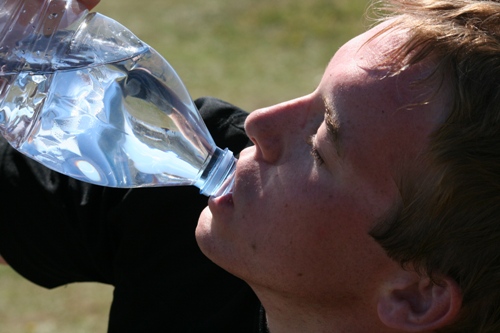
Unusual Excessive Thirst May Be A Symptom Of Diabetes
Unusual excessive thirst can be an early symptom of diabetes mellitus. The main reason behind this is hyperglycemia. The kidneys normally absorb the extra glucose in the blood and recycle it so that the body can use it again. However, in case of hyperglycemia, kidneys have to put in an extra effort. Despite this, the excessive sugar cannot be absorbed back and is flushed out of the body in the form of urine. The kidneys produce more urine to remove this sugar. The increased urine production leaves the body dehydrated. To compensate for the loss of fluids in the urine, you feel unusually thirsty and tend to drink more and more water.
- Important notification about information and brand names used in this slideshow!
- Photo courtesy of nopolienne by sxc.hu : www.sxc.hu/photo/580648
- www.diabetes.org/diabetes-basics/symptoms/

Extreme Fatigue And Irritability Can Be Due To Diabetes
There are several reasons behind the extreme irritability and fatigue that one experiences in diabetes mellitus. Some of these reasons are: • High blood sugar can lead to mood swings. • As the cells cannot utilize glucose because of insulin resistance, they are deprived of energy. Lack of energy leads to lethargy and extreme fatigue. • Brain cells are particularly sensitive to hypoglycemia. They require a constant supply of glucose for working at their optimal levels. In case brain cells do not get sufficient glucose, it leads to tiredness. And tiredness is the commonest cause of irritability. • Getting up several times in the night because of the frequent need to urinate in diabetes can lead to sleep disturbance. Lack of sleep may lead to extreme fatigue and irritability. • Frequent urination can also leave you dehydrated. This again is a cause of fatigue
- Important notification about information and brand names used in this slideshow!
- Photo courtesy of Sulaiman-sy sy by Picasa : picasaweb.google.com/lh/view?q=fatigue&uname=109008901828086469253&psc=G&filter=1#5797032372357923522
- www.diabetes.org/diabetes-basics/symptoms/
- http://www.health.com/health/gallery/0,,20442821_8,00.html
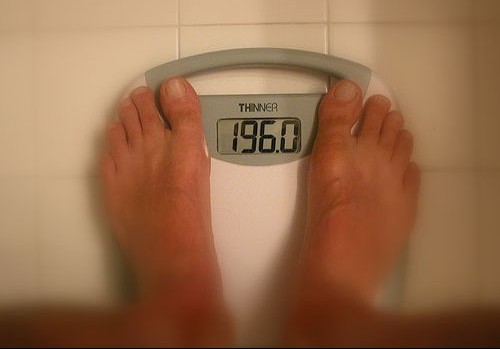
Sudden Unexplained Weight Loss May Be Due To Diabetes
If you have noticed that you are losing weight suddenly and cannot find any apparent reason behind it, get yourself checked for diabetes. One of the commonest reasons behind sudden unexplained weight loss is diabetes. There are two main causes behind it: • Because of lack of insulin hormone, or development of insulin resistance by the body cells, glucose cannot enter the cells. Therefore, the cells are deprived of energy. This, in turn, leads to breakdown of proteins from the muscles as an alternate energy source. The breakdown of muscle protein can lead to weight loss. • Because of hyperglycemia, kidneys have to work overtime to remove excessive sugar through urine. The process requires a lot of energy and leads to a loss of calories. Therefore, the patient experiences sudden weight loss.
- Important notification about information and brand names used in this slideshow!
- Photo courtesy of Jack Lyons by Flickr : www.flickr.com/photos/sidereal/20454902/
- www.diabetes.org/diabetes-basics/symptoms/
- http://www.health.com/health/gallery/0,,20442821_3,00.html
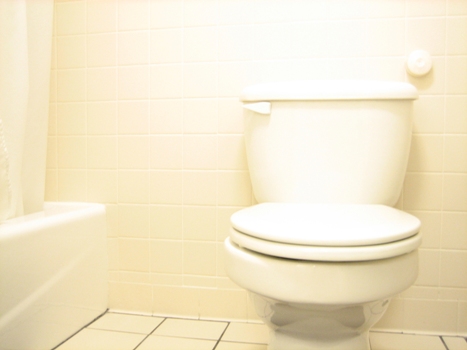
Urge To Urinate Frequently Is Seen In Diabetes
If you have to get up several times during night to relieve yourself, you may be suffering from diabetes. In diabetes, the sugar levels in the blood are usually high. The kidney tries to absorb this excessive blood glucose and recycle it for the use of the body. However, there is a limit to the amount of glucose that can be reabsorbed by the kidneys. Beyond that point, the excessive glucose is disposed of by the kidneys along with body fluid in the form of urine. This is the main reason behind frequent micturition seen in diabetes. In order to excrete the excess glucose, fluid from the body tissues is drawn out. This leads to a feeling of extreme thirst. In order to quench the thirst, the patients tend to drink more water. This, in turn, leads to more urination. Therefore, it is a vicious cycle of thirst and urination seen in diabetic patients.
- Important notification about information and brand names used in this slideshow!
- Photo courtesy of raldo by sxc.hu : www.sxc.hu/photo/353956
- www.diabetes.org/diabetes-basics/symptoms/
- http://www.mayoclinic.com/health/diabetes-symptoms/DA00125

Excessive Hunger Pangs Are Often Associated With Diabetes
Excessive hunger pangs despite having a hearty meal may be a signal of diabetes. In diabetes mellitus type 1, the body is not able to produce insulin. In diabetes mellitus type 2, either the insulin produced in not sufficient or the insulin produced is not able to move sugar into the cells, a condition known as insulin resistance. Therefore, in both the types of diabetes, even though there is excessive sugar present in the blood, the cells present in the muscles and different organs of the body are starved of glucose and are not able to function properly. These cells send signals to the brain which, in turn, stimulates the appetite centers leading to excessive hunger pangs.

Diabetes May Cause Blurring Of Vision
If you have been noticing a blurry vision off late, do not ignore it blaming it on old age. It could be an early sign of underlying diabetes. A high blood sugar affects the lens in the eye. The back of the lens becomes swollen leading to blurry vision and difficulty in focusing. This problem is reversible in its early stage. But if left untreated, the changes in the lens may become permanent, having a lasting effect on your vision. Apart from causing a blurred vision, high blood sugar can also lead to double vision, cloudy vision, and appearance of floaters. If diabetes is not checked, it may lead to growth of new blood vessels in the retina, a process called as diabetic retinopathy, which may impair vision and even lead to permanent blindness.
- Important notification about information and brand names used in this slideshow!
- Photo courtesy of Sami Jane Phillips by Photobucket : media.photobucket.com/user/samijanephillips/media/b1d66cb2.jpg.html?filters[term]=blurred%20vision&filters[primary]=images&filters[secondary]=videos&sort=1&o=9
- www.livebetteramerica.com/health/diabetes/articles/early-diabetes-warning-signs-you-shouldnt-ignore
- http://voices.yahoo.com/silent-diabetes-5-signs-diabetes-and-11404358.html?cat=70
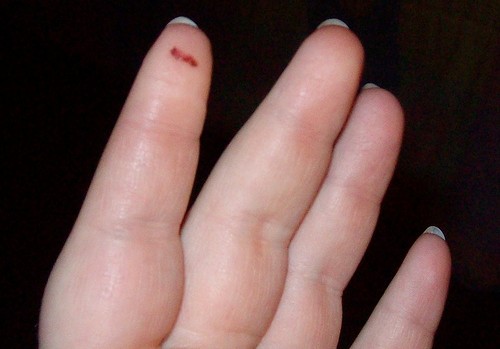
Injuries Taking A Longer Time To Heal May Be A Sign Of Diabetes
If you have noticed that small cuts and bruises which took no time to heal earlier, are taking forever to heal, it is time to get your blood sugar checked to rule out diabetes. High blood sugar damages the vessels. So it becomes difficult for blood, necessary for the healing process, to reach the site of injury. Excessive sugar leads to narrowing of blood vessels. Therefore, the injured site cannot get sufficient amounts of oxygen and nutrients which are necessary for the wound to heal. Moreover, the high sugar provides an excellent breeding ground for various microorganisms. So it takes a longer time for the infection to be cleared and the wound to heal.
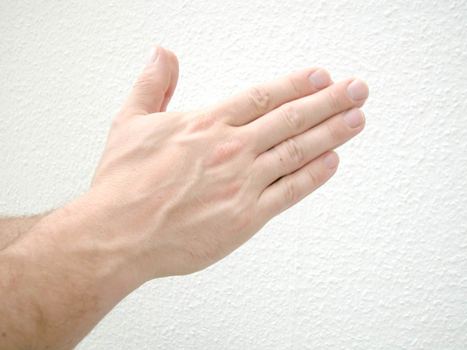
Numbness In Hands/Feet Associated With Tingling Pain Could Be Due To Diabetes
Temporary loss of sensations in hands or feet associated with tingling pain is often seen in diabetes. If you experience these sensations every time you sit down, if these symptoms are worse when you get up in the morning or late at night, and if they are also accompanied with a rash, there is a high probability that they may be due to diabetes. These symptoms are a result of condition known as diabetic neuropathy. This is present in 60% to 70% of all diabetic patients. Due to persistent high blood sugar levels, the blood supply to the neurons is hampered because of the narrowing of the vessels. This leads to degeneration of the neurons and symptoms of diabetic neuropathy. The condition is reversible at the onset but may become permanent if blood sugar levels are not controlled.

Skin Problems Are Common In Diabetes
Diabetes is often diagnosed because of the various skin problems it causes. The problems do not respond to regular medication, and when properly investigated, underlying diabetes is often found to be the culprit. The commonest skin problem associated with diabetes is an itchy skin. It can be due to dry skin or poor circulation because of hyperglycemia. Although anybody can develop skin infections, diabetics are easy prey for them as infectious agents thrive on high sugar levels. The common skin infections seen in diabetes include styes in eye, boils, nail infections and carbuncles. Yeast infection is also frequently seen in diabetics. A common skin condition associated with diabetes is acanthosis nigricans. This is the darkening of the skin in the neck and armpits and is seen in patients with insulin resistance even if the blood sugar levels are normal.
- Important notification about information and brand names used in this slideshow!
- Photo courtesy of pstmn by Flickr : www.flickr.com/photos/post_man/5051732662/
- diabetes.about.com/od/whatisdiabetes/a/Pre-Diabetes-Symptoms.htm
- http://www.diabetes.org/diabetes-basics/symptoms/



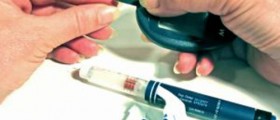
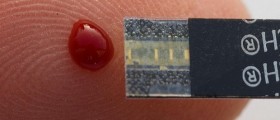


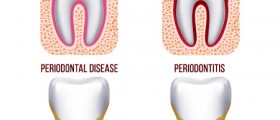




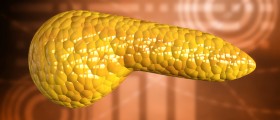




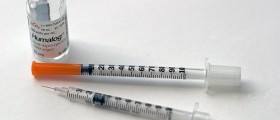



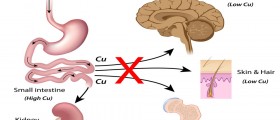
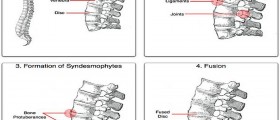



Your thoughts on this
Loading...